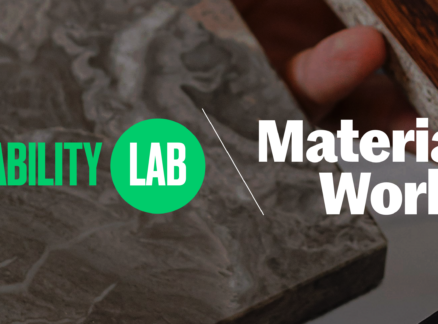April 1, 2005
Light Years
From the patenting of the incandescent lightbulb in the nineteenth century to the Nobel Prize-winning discovery of light-emitting polymers (PLEDs) in 2000, new technologies have long challenged designers to refine the task lamp. In this time line we present eight of the innovative task lamps of the twentieth century. Among them are an early example […]
From the patenting of the incandescent lightbulb in the nineteenth century to the Nobel Prize-winning discovery of light-emitting polymers (PLEDs) in 2000, new technologies have long challenged designers to refine the task lamp. In this time line we present eight of the innovative task lamps of the twentieth century. Among them are an early example of glass used as an industrial material in a 1920s Bauhaus lamp and a 1950s sculptural fixture by the Castiglionis, inspired by one of General Electric’s earliest fluorescent bulbs. Though the form of the task lamp continues to evolve, one factor remains essentially the same: the need for light to fall cleanly across a surface.
1924
Bauhaus
Wilhelm Wagenfeld and Carl Jacob Jucker
The product of a Bauhaus assignment given by László Moholy-Nagy. A cylinder mounted on a glass base encases the wires, and a frosted-glass dome diffuses the light.
1928
Bedside Kandem
Marianne Brandt and Hin Bredendieck
Despite its bulky appearance, the lacquer-finished steel lamp—first crafted in the Bauhaus’s metal shop—included an adjustable reflector in the hood to provide indirect light and a push-button switch.
1932
Anglepoise
George Carwardine
English engineer Carwardine devised a system of counterbalanced springs based on the constant-tension principle of human limbs. The lamp’s production rights were bought in 1937 by Jacob Jacobsen, whose famous Luxo lamp utilized Carwardine’s concept.
1951
Tubino
Achille and Pier Giacomo Castiglioni
Intrigued by the small tube-shaped fluorescent bulb, the Castiglionis sculpted a lamp out of aluminum and enameled steel that befitted the novel technology. Tubino was later produced by Flos, in 1974.
1965
Spider 291
Joe Colombo
This kit-of-parts lamp can be assembled into a number of different forms. The lacquered aluminum hood can be placed on an elongated chrome stem, or a clamp can be used for the base. A notch in the hood exposes the Cornalux bulb.
1972
Tizio
Richard Sapper
Counterbalanced weights at the base of each arm allow Artemide’s Tizio to rotate into multiple positions. The aluminum frame works as a conductor, eliminating the need for wires, and a perforated thermoplastic hood encases a low-voltage halogen bulb.
1985
Berenice
Paolo Rizzatto and Alberto Meda
LucePlan’s technologically complex lamp is assembled out of 42 separate parts made from 13 different materials. A transformer in the base allows low-voltage current to flow through the arm to the halogen bulb.
1987
Tolomeo
Michele de Lucchi and Giancarlo Fassina
Made by Artemide, this polished-aluminum desk lamp has a cantilevered arm set on a heavy base. Users can reposition the light by rotating knobs attached to the stainless-steel tension cables at the arm’s base and joint.





